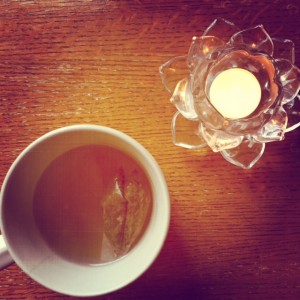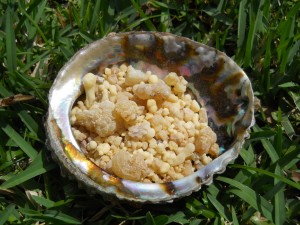
We’re into week 10 of my 10 week program, The Healing Diet. Throughout the weeks, I noticed similar questions come up over and over again. These questions are questions I know my students now have the answers to – but they involved some of their most-common, daily-ritualized foods, and changing those ingrained habits are hard to make. Some foods and food combinations used often within our culture, are ‘fine’ for those with stomachs-of-steel, but can send the rest of us into the land of headaches and acne, or maybe more obvious and immediate – an afternoon of griping stomach pains.
(Side Note: One of my teachers, Dr. John Douillard, uses ‘fine’ as an acronym for Freaked out, Insecure, Neurotic and Emotional.)
More and more (and more!) people seem to have self-diagnosed themselves with IBS. Or actually been diagnosed by their doctors – and what is it, really, but a set combination of symptoms that has some root in the gut, and makes us very aware of what we put into it.
I am actually not one of those people, but I could have been if I hadn’t made some changes. Years ago now – let’s say, after 4 years in college putting my iron stomach to the test with plenty of pizza and whiskey, and a study abroad in Italy full of pasta and wine – I started noticing some uncomfortable digestive symptoms, most-notably gas, bloating, and pain. I started managing it with some movement – yoga twists, down dog, headstands…but then I noticed EVERY time I would go out to eat, I’d end up in the bathroom doing some twisting thing or downward facing dog to pass a little air-bubble (I know we’re getting a little TMI, but hey, I think it’s reality for quite a few) in order to be able to go back to the table and semi-enjoy myself comfortably.
I nailed down my culprit. Gluten? NOPE. Dairy? NOPE. Ice water.
This was before I had even heard of the word Ayurveda. I cut cold drinks out of my diet, and instead actually started drinking room temperature water, or warm water, and most of those problems just went away…
Think me weak? A little ice water taking me down? 🙂 I feel lucky that I caught that with my awareness. I didn’t have to change much, and it made the biggest difference.
And to this day, I still feel funny, well more like an inconvenience, when I shun the ice water, and ask a server to bring me warm water instead. And at home, all my freezer is used for is to keep the compost from stinking.
And after years of studying and practicing Ayurveda, now, I find that the most simple things can make the biggest difference – but sometimes those habits can be the hardest to break because they are so ingrained in our food culture.
Ayurveda is a science of qualities – we look for 20 qualities or ‘gunas’ to tell us which doshas, or element is present, out of balance, and needs to be balanced. We use more, or less of those qualities to heal. It’s a simple (and as complex) as looking for patterns like coldness, dryness, lightness, heaviness, dampness…etc. And like I said, we learn all about those subtleties of using food as medicine in my program, The Healing Diet.
In Part 2, I’ll talk about 3 common foods we eat that exacerbate or even cause indigestion and IBS.
PS: I just started taking applications for The Healing Diet session 3, which begins October 3 2015. Get yours in and we can talk about how you can get on track to healing. Apply here.
PPS: Next October the focus is really making changes to heal gut issues – Ayurveda just WORKS. But if you don’t know, you don’t know! Does this article sound like you? Check it out.












